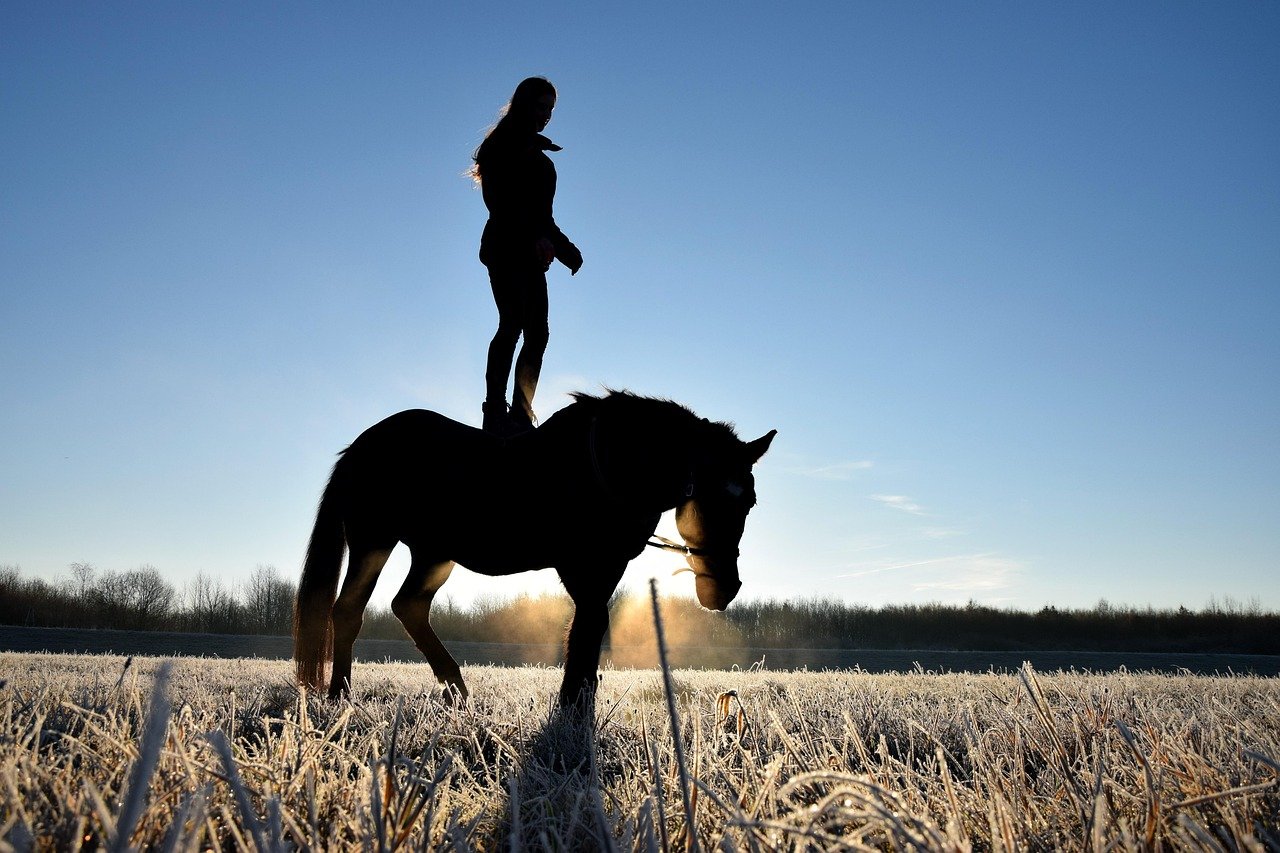Introduction to DUI Laws in the UK
Driving Under the Influence (DUI) laws in the United Kingdom encompass a range of regulations aimed at preventing individuals from operating vehicles while impaired due to alcohol or drugs. The primary goal of these laws is to ensure public safety on the roadways. Under the Road Traffic Act 1988, an individual can be charged with DUI if they are found to be driving, attempting to drive, or in charge of a vehicle while over the legal alcohol limit or under the influence of drugs. The act defines “vehicles” in a conventional sense, including cars, motorcycles, and other motorized transportation methods.
The penalties for a DUI conviction in the UK can be severe, including hefty fines, disqualification from driving, and even imprisonment, depending on the severity of the offense and whether it is a repeat violation. The legal threshold for blood alcohol concentration (BAC) in England, Wales, and Northern Ireland is set at 0.08%, while Scotland has a lower limit of 0.05%. It’s essential for individuals to understand that these statutes are designed to discourage harmful behavior that jeopardizes not only the driver’s safety but also that of other road users.
As we examine the broader implications of DUI laws, it is important to consider more unconventional forms of transportation. One such example is the act of riding a horse while intoxicated. This raises questions regarding the applicability of existing DUI regulations, as horses are not classified as vehicles under the traditional definitions. The nuances of this legal framework will be explored further, emphasizing how existing DUI laws intersect with unique situations like horseback riding, and whether such activities might still be subject to legal scrutiny under the UK law.
Horse Riding and the Law: What You Need to Know
In the United Kingdom, the laws surrounding horse riding, particularly in relation to driving under the influence, can be nuanced and often misunderstood. The legal definition of “driving” as per the Road Traffic Act 1988 does not explicitly include horseback riding, which leads to various interpretations. While operating a motor vehicle on public roads necessitates adherence to strict blood alcohol concentration limits, horseback riders are not bound by the same regulations.
Despite this exemption, horse riders can still face repercussions if found to be riding under the influence of alcohol or drugs. The Road Traffic Act 1988 applies not only to conventional motor vehicles but also to individuals who are perceived to be endangering the public or themselves while riding. Riders can be convicted for being in charge of a horse while unfit due to drink or drugs. This statute aims to ensure safety on public paths and roads, reflecting the broader ethos of responsible riding and shared space usage.
Furthermore, the Animal Welfare Act 2006 comes into play, highlighting the rider’s obligation to ensure the well-being of their horse. If a rider is intoxicated and unable to maintain control of the horse, this could potentially lead to animal welfare charges. Additional local bylaws may impose further restrictions or requirements related to horse riding in specific areas, so it is essential for riders to be aware of their responsibilities.
In light of this, it is crucial for equestrian enthusiasts to educate themselves on the relevant legal frameworks governing their activities. Understanding the distinction between motorized and non-motorized transport is vital to avoid any misinterpretations and to safely enjoy horseback riding in the UK.
Case Studies and Precedents
To understand the intersection of horseback riding and DUI laws in the UK, it is crucial to explore real-life case studies and legal precedents that provide insight into how these regulations are applied. One notable case involved an individual who was charged with riding under the influence of alcohol after being observed swaying on horseback. The court ruled that the individual posed a danger to both themselves and the public, reinforcing the stance that operating any vehicle, including a horse, while intoxicated could lead to legal repercussions.
In another instance, a plaintiff was involved in an accident while riding a horse after consuming alcohol. Although they contested the charges, arguing that the horse was not a vehicle as defined by the law, the court ultimately ruled in favor of the prosecution. This case served as a pivotal moment in the ongoing discussion about the legal definitions surrounding intoxicated riding and reinforced the notion that a horse can indeed be classified as a mode of transportation under specific circumstances.
Furthermore, in terms of law enforcement’s approach, there have been instances where police officers have initiated roadside checks for equestrians, similar to those conducted for motor vehicles. These checks aim to ensure public safety and deter any potential hazards caused by intoxicated horseback riding. This proactive strategy by law enforcement underscores the seriousness with which these cases are treated. The application of the law in these instances demonstrates that individuals who operate horses in a reckless manner, particularly while under the influence of alcohol, can and do face legal consequences.
Overall, these case studies highlight the legal framework surrounding horseback riding and DUI, exhibiting how courts interpret and enforce laws in these scenarios. Observing the outcomes of these incidents provides valuable insights into the practical application of the legal system concerning intoxicated equestrian activities.
Safety, Public Perception, and Responsible Riding
Riding a horse under the influence of alcohol or drugs raises important concerns regarding safety and public perception. The law may offer some ambiguity about whether horseback riding can be classified alongside other forms of transport, but the implications for public safety remain significant. Equestrians who ride while impaired risk not only their well-being but also that of pedestrians, motorists, and other riders. It is essential to recognize that riding under the influence can lead to dangerous situations, making it imperative for riders to act responsibly.
The general public often views horseback riding as a recreational activity rather than a legitimate mode of transportation, which can lead to reduced awareness of the potential dangers associated with riding impaired. This perception tends to create a false sense of security, whereby individuals may underestimate the risks involved. By promoting the idea that responsible horseback riding is analogous to responsible driving, the equestrian community can help elevate public understanding of the hazards linked to riding under the influence. This aligns with the broader societal expectation that individuals should act soberly when operating any form of transportation, including horses.
To ensure safety while riding, equestrians should adopt several best practices. First, they should assess their own level of sobriety before deciding to ride. It’s beneficial for riders to understand and know their alcohol limits and to avoid riding if they feel any level of impairment. Additionally, riders should be equipped with the proper safety gear, such as helmets, and should choose safe riding paths to minimize risks. Riding with a group can also enhance safety, as more individuals can monitor each other for signs of impairment or unsafe behavior.
Ultimately, raising awareness about the laws surrounding DUI and horseback riding is key to fostering responsible behavior among riders. Through education and community support, equestrians can help ensure that horseback riding remains a safe and enjoyable activity for everyone involved.



